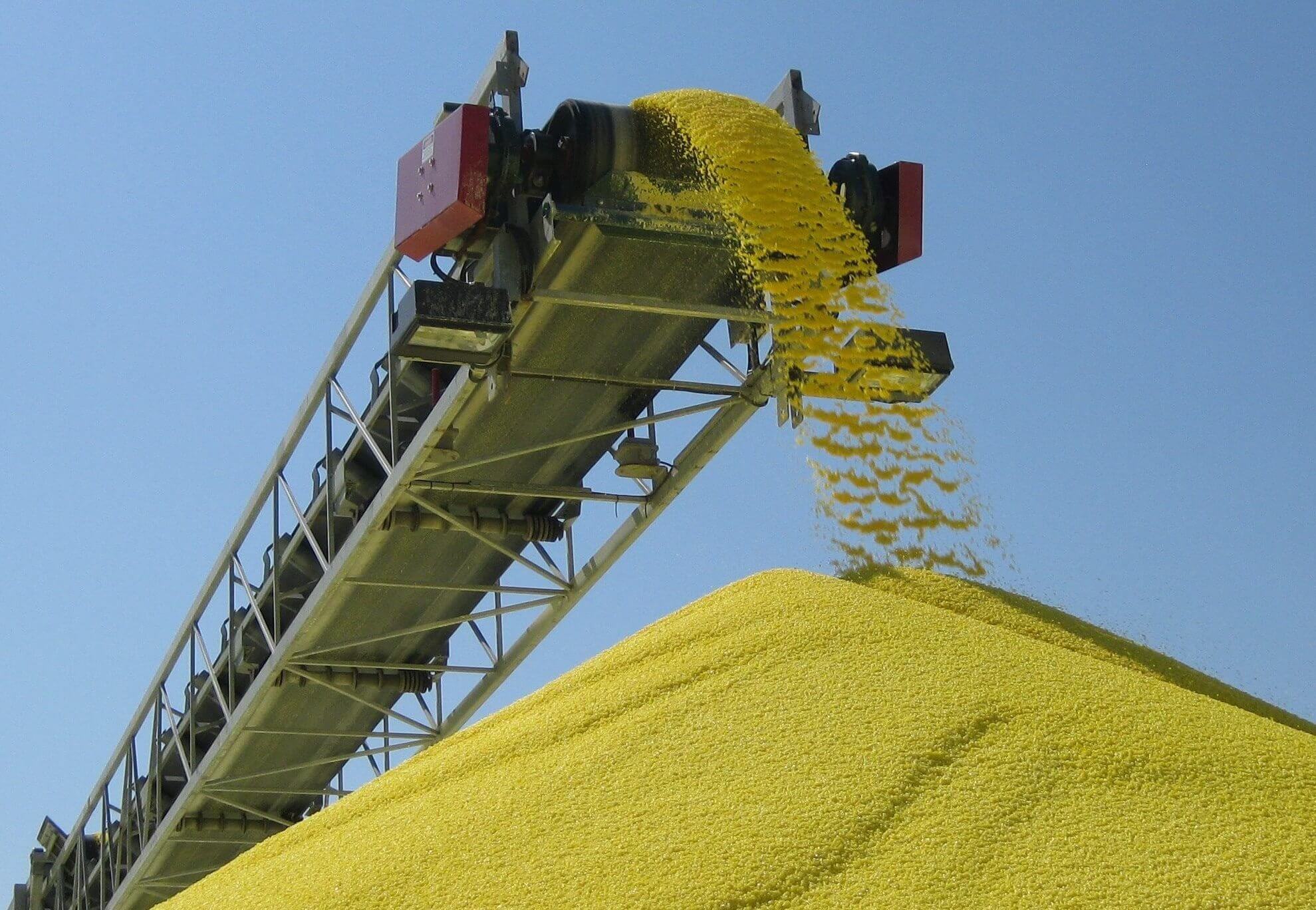Sulfur Processing & Solidification
Sulfur just may be a blessing in disguise. Sulfur is a natural component of crude oil and natural gas. It is most commonly known for its offensive “rotten egg” odor when in the form of hydrogen sulfide gas.
On one hand, sulfur creates additional processing requirements for oil and gas producers. Sulfur compounds must be removed through sulfur recovery processes to comply with the Federal Clean Air Act and Environmental Protection Agency regulations.
On the other hand, sulfur byproducts can be used to manufacture sulfuric acid which can in turn be utilized to produce fertilizers, batteries and cleaners. Sulfur can also be used in many household applications such as rubber products, detergents, paints, carpets and pharmaceuticals.
Before sulfur can be useful, it must travel through a long supply chain. Sulfur recovery removes sulfur from natural gas or crude oil. The most commonly used process for sulfur recovery is hydrotreating.
Hydrotreating leaves sulfur byproduct in a liquid or molten state. Sulfur can be sent to market in a molten state, but keeping large volumes of sulfur at high temperatures creates challenges for transportation. Most producers convert sulfur into a solid state.
There are several methods to solidify molten sulfur. Each of these options has benefits and limitations that should be explored in relation to the operational goals of the specific application.
Pastillation
Pastillation occurs when water is sprayed under a steel belt as liquid drops of sulfur are deposited to produce pastilles.
Granulation
Granulation takes place when liquid sulfur is sprayed onto a seed curtain to form sulfur particles or “seeds.” The sulfur seeds are cooled as water is sprayed into a rotating drum.
Wet Prilling
Wet prilling occurs when liquid sulfur is introduced at the top of a forming tank for direct countercurrent heat exchange with water. The sulfur prills are removed from the bottom of the forming tank.
Solid Block
Sulfur can also be stored in large solid blocks. Molten sulfur is transported via pipe to a blocking area where it cools and forms large blocks.
Learn more about sulfur solidification.
Matrix PDM Engineering is a world leader in sulfur reclamation, processing and solidification. Our expert engineers use proprietary technology to convert molten sulfur into solid granules.
We specialize in sulfur forming (wet and dry technologies) facility design, sulfur blocking, sulfur melting, conceptual engineering and operations.
There are many variables in sulfur recovery, processing and transportation. You need an experienced team to analyze your options and create the best solution. We are confident our experience will ensure your project will meet operational goals and come in on-time and on-budget.
Contact us to discuss which solidification strategy may best suit your needs.
Learn more about Strategies for Sulfur Reclamation.
